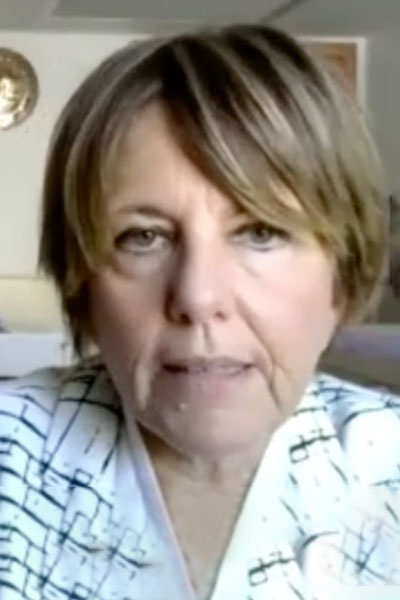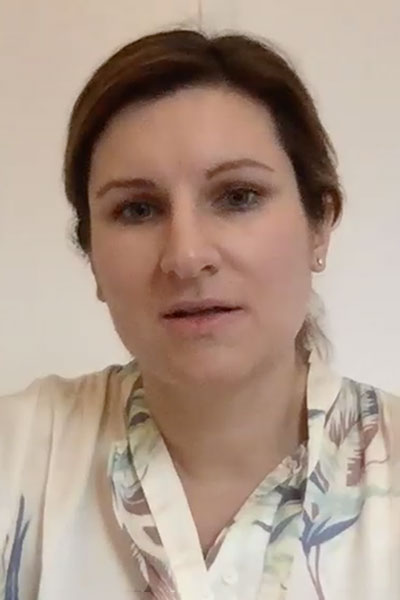
Precision medicine—the concept of delivering the right intervention to the right patient at the right time—shifts away from the more one-size-fits-all medicine models.
As Seza Ozen, MD, head of the Department of Pediatric Rheumatology, Hacettepe University, Ankara, Turkey, explained during ACR Convergence 2020, genomics offers an important tool for enabling personalized medicine. During Are We Ready for Precision Medicine in Childhood Systemic Vasculitides?, Dr. Ozen reviewed differentiating monogenic from polygenic vasculitides in childhood. Registered meeting attendees have on-demand access to view the session through Wednesday, March 11, 2021.
“You should consider monogenic vasculitis when there’s a family history, when there are abnormal features, when there are abnormal labs, when the patient is not responding properly to your conventional vasculitis treatment because you have to treat DADA2 (deficiency of adenosine deaminase 2), HA20 (A20 haploinsufficiency), and SAVI (STING-associated vasculopathy with onset in infancy) differently than you would a classic vasculitis,” Dr. Ozen said.
There are a number of inborn immunodeficiencies that might mimic vasculitis, Dr. Ozen cautioned. Complement deficiencies may present with vasculopathy.
“We know that they present with lupus-like disease, but sometimes they can present with vasculitis-like futures, as well, so you have to keep this in mind when you have a patient with features suggestive of immunodeficiency or a history suggestive of immunodeficiency,” she said.

Florence A. Aeschlimann, MD, MPH, pediatric rheumatologist, Hôpital Necker – Enfants Malades, Paris, provided an update on recent advances in pediatric Takayasu’s disease.
“Treatment recommendations are mostly extrapolated from adult studies, so corticosteroids remain the mainstay for induction of remission. However, most children will relapse at some point when they are treated with corticosteroids only,” she said.
Because of the devastating effects of long-term corticosteroid treatment in children, second-line agents such as methotrexate have been used, Dr. Aeschlimann noted. In more severe cases, cyclophosphamide has been recommended, and on a case-by-case basis, biologic agents.
“A few small case series and case reports have reported the beneficial use of anti-TNF and tocilizumab for children with Takayasu arteritis, and their use on a case-to-case basis was included in the recent European consensus-based recommendations for the treatment of childhood vasculitis in 2019,” Dr. Aeschlimann said.
There is some clinical data but not yet convincing evidence for the use of TNF and interleukin 6 (IL-6) inhibitors, as well as emerging data on Janus kinase (JAK) inhibitors.
The JAK/STAT pathway is critically involved in the pathogenesis of Takayasu arteritis, Dr. Aeschlimann said, so clinicians should probably consider a JAK inhibitor to control disease activity. Dr. Aeschlimann shared data on 14 patients treated with a JAK inhibitor. Among those with childhood onset of the disease, most were treated with the JAK inhibitor tofacitinib.
“Overall, the response is good, but as for anti-TNF and for tocilizumab, they are primary non-responders to JAK inhibitors, and there is certainly more data needed to understand which patients have the greatest probability to respond to this treatment,” she said.
A recent randomized controlled trial did not show better flare-free survival in patients treated with abatacept compared to placebo. Uncontrolled studies of other agents such as ustekinumab and rituximab in patients with refractory Takayasu arteritis have produced no high-level evidence for their use.
